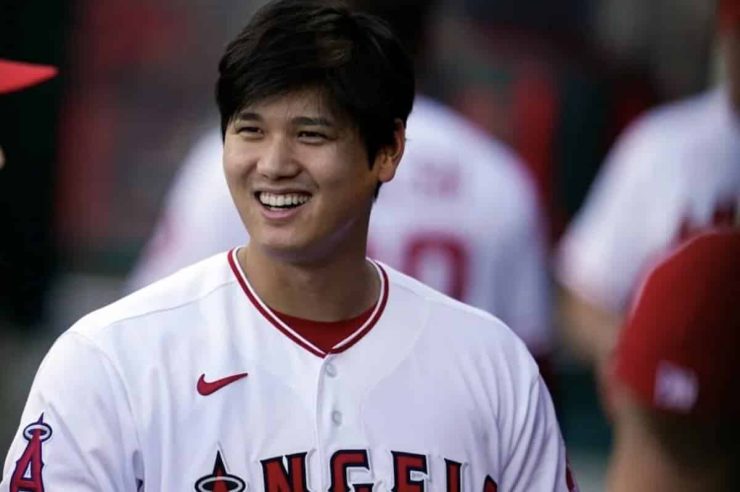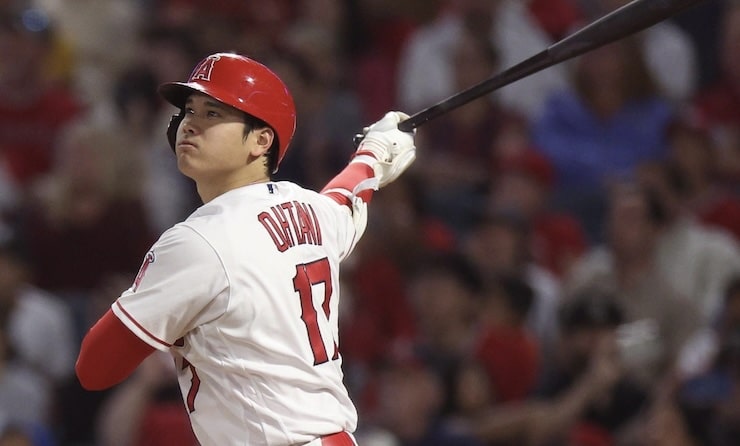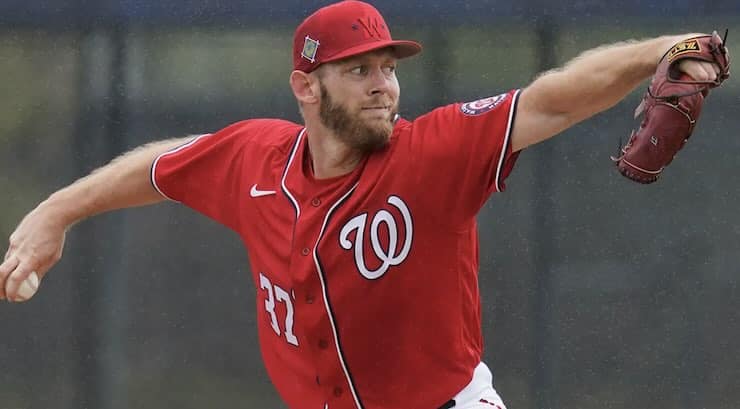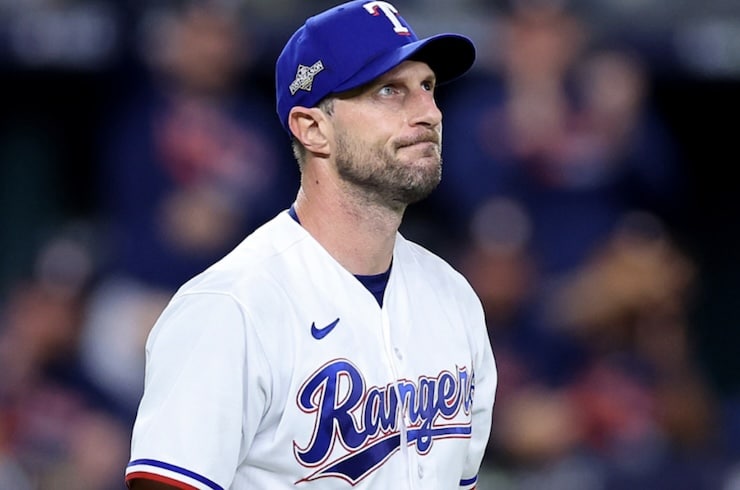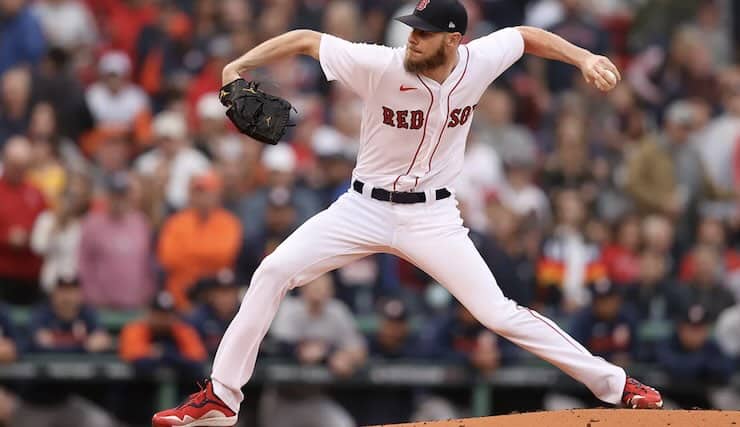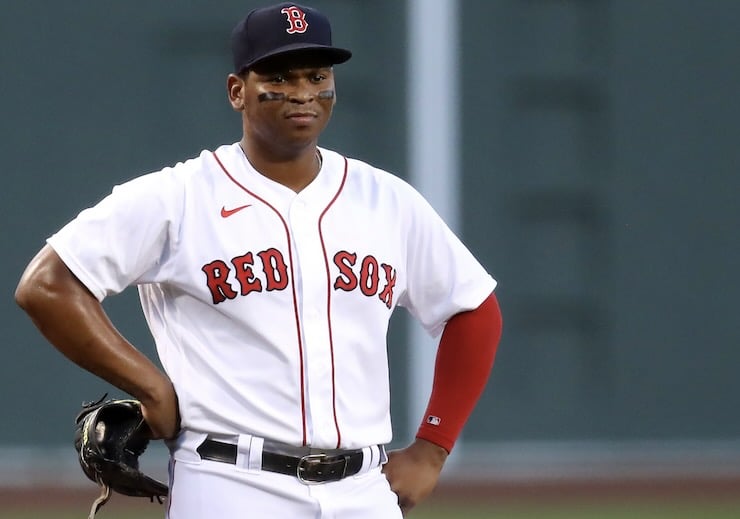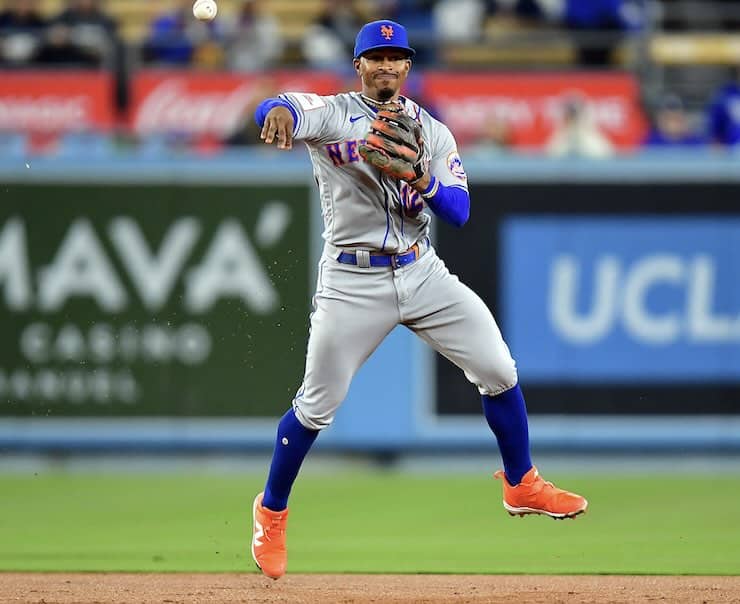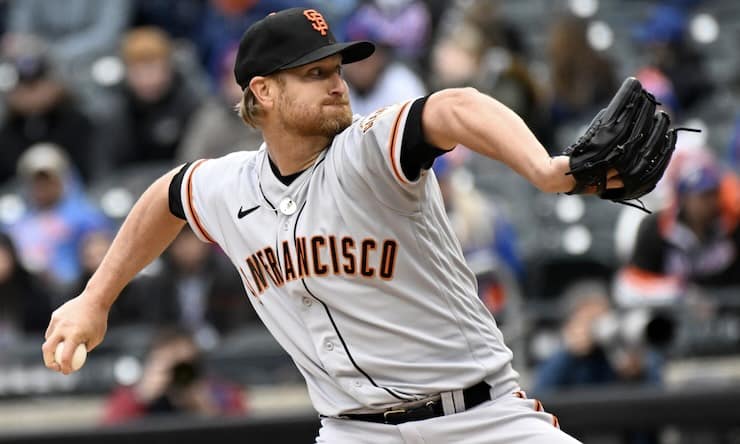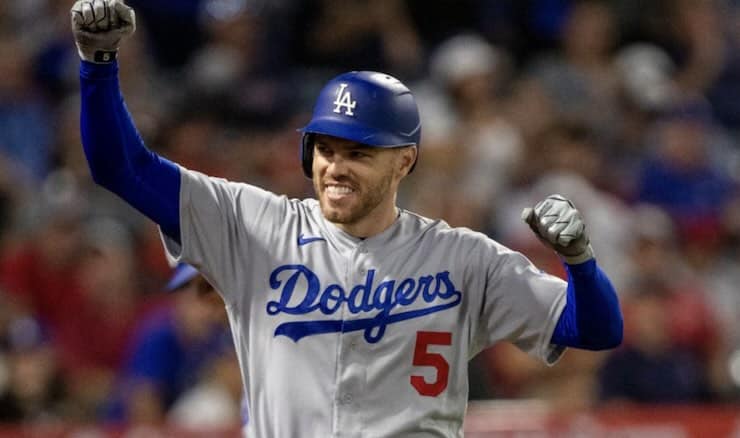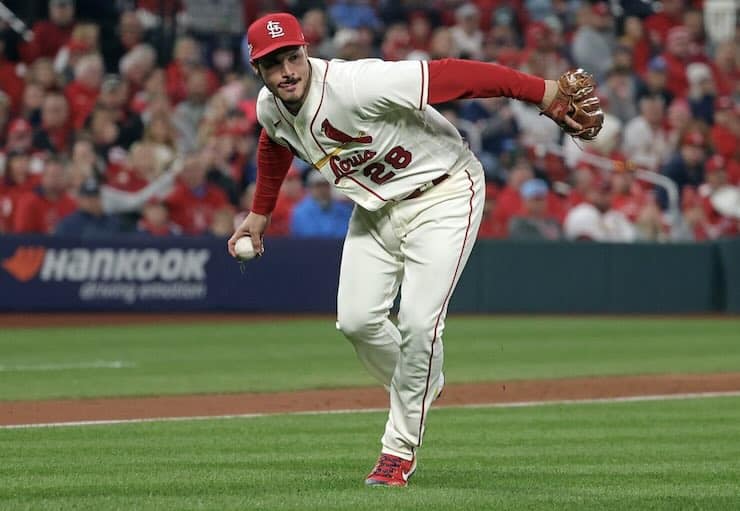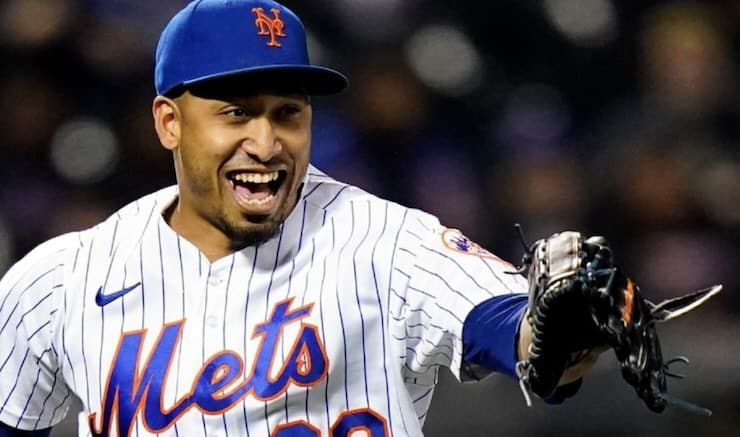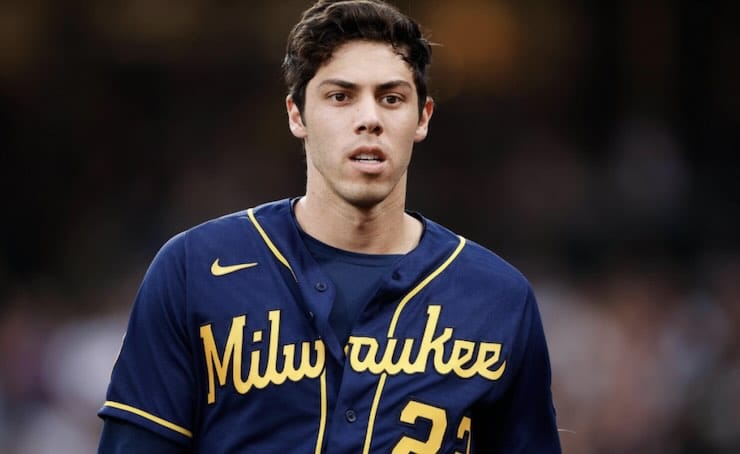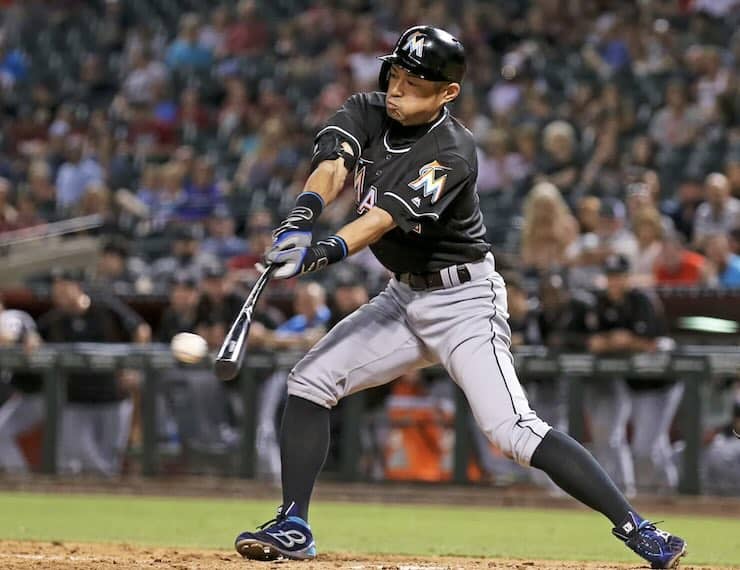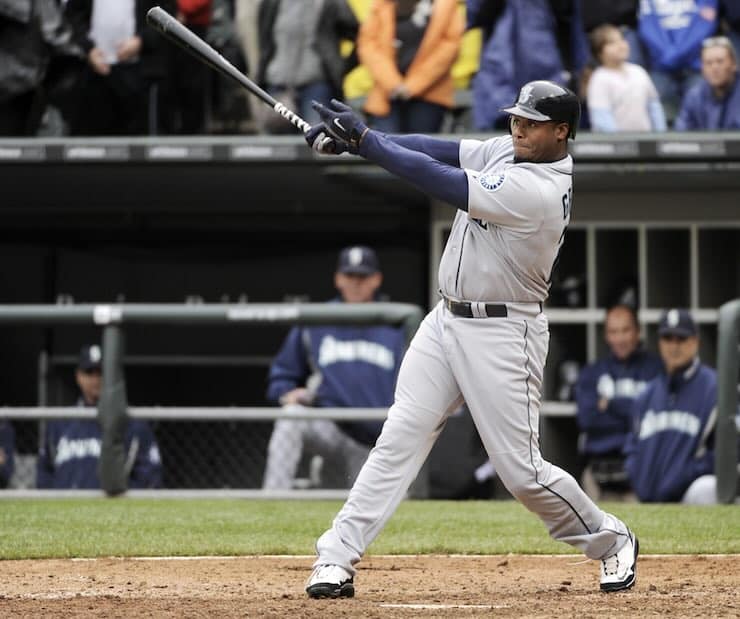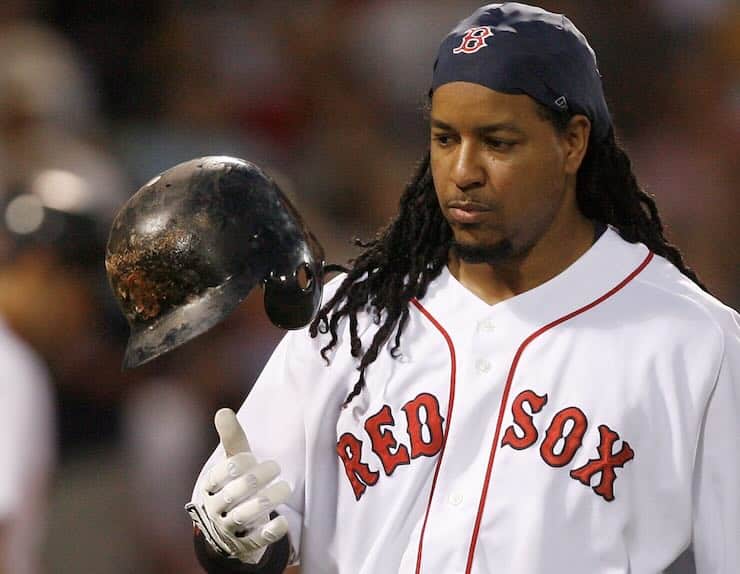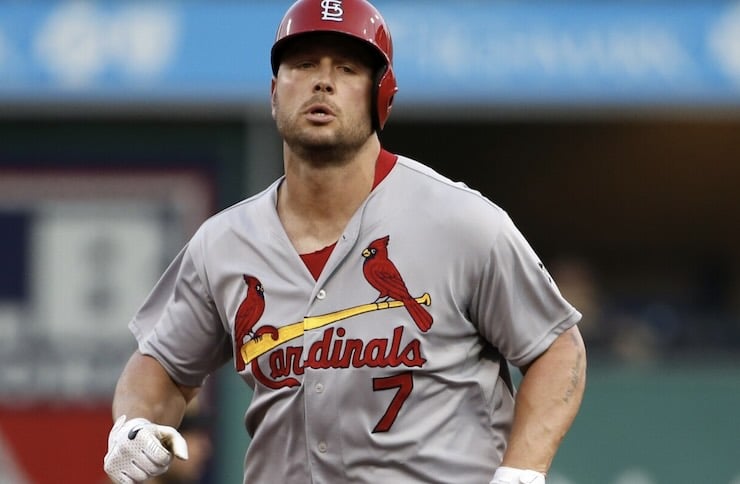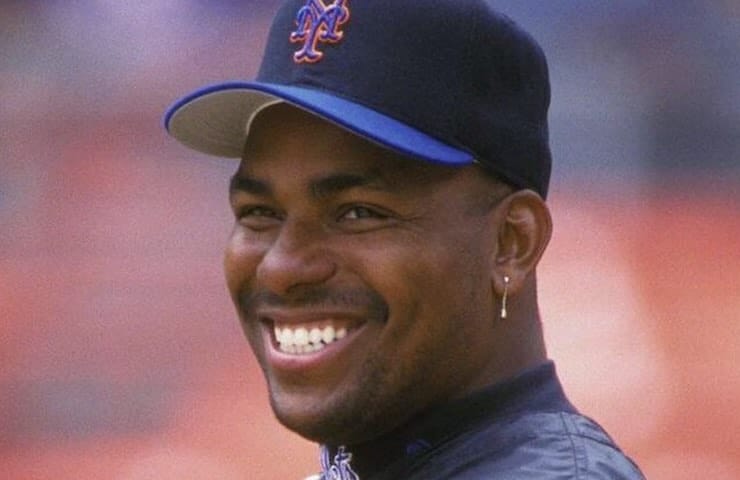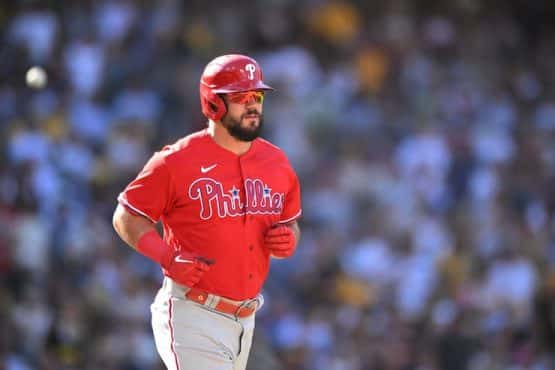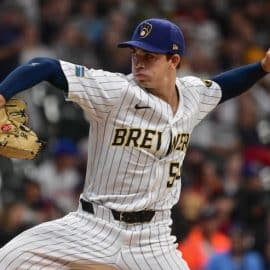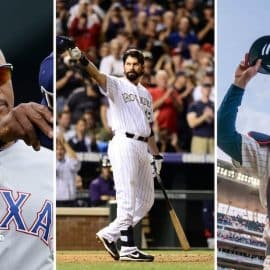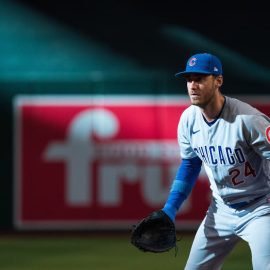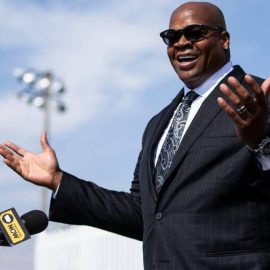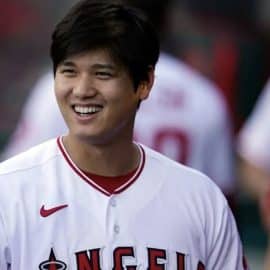The terms of Shohei Ohtani’s new contract with the Los Angeles Dodgers have raised eyebrows over the past few weeks. The two-time American League MVP elected to defer $680 million of his record-breaking $700-million deal until 2032.
Of course, Ohtani isn’t the only player to capitalize on this contract negotiation strategy. The list of players with deferred money in their contracts includes Max Scherzer, Francisco Lindor, Rafael Devers, and more.
Let’s go over the deferred money MLB contracts for both active and inactive players.
Active MLB Players With Deferred Money Contracts
Bobby Bonilla may have started the trend but several other MLB stars have decided to cash in on their earnings in the future. Most recently, Ohtani’s decision to defer a record-breaking 97% of his Dodgers’ salary has put MLB deferred money contract back in the spotlight.
Several other MLB stars have worked provisions into their contracts to be paid in the future. The move is seen as a win-win situation for teams, who can benefit from the decreased present-day value of the contract and lower a player’s cap hit in the immediate future. Meanwhile, players can defer some of their earnings to the future, saving money on taxes and increasing their earnings after their careers are over.
Below, we’ll break down a list of active MLB players with deferred money contracts.
Shohei Ohtani — $68 million per year (2034-2043)
In December 2023, Shohei Ohtani signed a record-breaking $700 million contract that will keep him in a Los Angeles Dodgers uniform for the next 10 years. As part of the deal, the two-time AL MVP opted to defer a record $680 million or 97% of the total value of his contract to the future. In an unprecedented move, Ohtani will receive $68 million for 10 years from 3024 until 2043, allowing him to save money on taxes when the money is paid out.
Since the deferred money will be paid without interest, the present-day value of the deal actually comes in at 10 years, $460 million. It also lowers his hit against the Dodgers’ competitive balance tax by 34% from $70 million to $46,081,476 per year.
Stephen Strasberg — $26.6 million per year (2027-2029)
The Nationals weren’t shy about going all-in to extend their World Series window following the franchise’s first title in 2019. Despite an extensive injury history, Washington resigned 2019 World Series MVP Stephen Strasburg in 2020 to a seven-year, $245 million deal that included $80 million in deferred payments from 2027 to 2029. Since signing the deal, Strasburg has made just eight starts and even tried to retire in the offseason. He even had a retirement ceremony penciled in for next year but that may no longer be in the cards.
According to Bob Nightengale, Strasburg’s contract was not insured by the team, leaving the two sides in a precarious position. The organization was originally expected to be on the hook for the full amount, which may have played a role in Strasburg’s decision.
However, Washington informed Strasburg and his agent, Scott Boras, that they would not honor the terms of the deal given that there were still four years left on the contract. Then, Strasburg’s retirement press conference was unretired and the team announced that they would be looking forward to seeing him at Spring Training next season.
Max Scherzer — $15 million per year (2022-2028)

When the Washington Nationals resigned Max Scherzer as a free agent in January 2015, the right-hander received a $210 million contract over seven years.
At the time, it was the second-largest contract ever awarded to a pitcher and included a record deferral of $105 million. As part of the deal, the Nationals are on the books to pay Scherzer $15 million per year from 2022 until 2028.
More recently, Scherzer inked a three-year, $130 million deal with the New York Mets before being traded to the Texas Rangers at the trade deadline. The Rangers went on to win the 2023 World Series, giving Scherzer his second career World Series ring.
Chris Sale — $10 million per year (2035-2040)
Another player who signed a lucrative contract extension after leading his team to a World Series win, left-handed pitcher Chris Sale signed a six-year, $150 million deal with the Boston Red Sox in 2019. Sale’s contract included $50 million in deferred money that is not due to be paid until 15 years after it has been earned.
As part of the deal, Sale will defer $10 million per year that will be paid on June 30th in the 15th year after it was earned. That means Sale will earn $10 million from 2035-2039 and another $5 million in deferred money if the team opts to pick up his $20 million team option for the 2025 season.
Rafael Devers — $7.5 million per year (2034-2043)
The Boston Red Sox rewarded third baseman Rafael Devers with an 11-year, $331 million contract before the 2023 season. Devers, one of the most consistent hitters in baseball, opted to defer a total of $75 million to the future. The deferred money will be payable 10 years after the season in which it is earned, allowing him to collect $7.5 million per year from 2034 through 2043. The payments will be made in biannual installments of $3.75 million on Feb. 1 and Nov. 30
Francisco Lindor — $5 million per year (2032-2041)
In 2021, the New York Mets lured shortstop Francisco Lindor away from the Cleveland Guardians by offering a 10-year deal worth $341 million. Mets owner Steve Cohen reportedly did not want to offer Lindor any deferred money during contract negotiations, per Anthony DiComo of MLB.com. However, Lindor held firm on his contract request and the Mets eventually relented, allowing him to defer $5 million per season. According to Spotrac, Lindor will defer a total of $50 million and earn $5 million per year from 2032 until 2041.
Alex Cobb — $5 million per year (2023-2025)
Unlike most of the names on this list, right-handed pitcher Alex Cobb isn’t one of the MLB’s biggest stars. Still, that didn’t stop the right-hander from inking a contract with the small-market Baltimore Orioles in 2018. As part of the contract, Cobb deferred $20 million of his four-year $57 million deal, allowing him to collect $5 million in payments from 2023 until 2025. Now a member of the San Francisco Giants, Cobb will still get a check from the Orioles while he recovers from offseason hip surgery.
Freddie Freeman — $4.4 million per year (2028-2040)

After leading the Atlanta Braves to a World Series victory in 2021, first baseman Freddie Freeman signed a lucrative six-year, $162 million contract with the Los Angeles Dodgers. As part of the deal, Freeman will receive $57 million in deferred money from 2028 until 2040. Like Ohtani’s new deal, Freeman’s deferred payments will not be paid with interest. That means the true value of the deal was likely in the neighborhood of between $140 and $148 million.
Nolan Arenado — $3 million per year (2032-2041)
When Nolan Arenado signed an eight-year, $260 million deal with the Colorado Rockies in 2019, it didn’t include any deferred payments. That all changed once the third baseman was dealt to the St. Louis Cardinals. As part of the trade, Arenado’s contract was amended to a seven-year, $214 million deal that included $50 million in deferred payments.
Unlike other MLB stars, Arenado’s deferred payments are being handled a bit differently. After the trade, St. Louis opted to defer $20 million of his 2021 salary. That $20 million in deferred money will be paid in 10 equal installments with 2% interest on July 1st from 2022-26.
The Cardinals also opted to defer $6 million per season with no interest from 2022-2026. These payments will be paid in 10 installments of $3 million on July 1st from 2032 until 2041.
Edwin Diaz — $2.65 million per year (2034-2043)
Edwin Diaz signed the largest contract for a relief pitcher in MLB history and chose to receive nearly 26% of the value of the contract in deferred payments. Diaz deferred $26.5 million of his five-year, $102 million contract. The move dropped the present day value of the deal by $9 million down to $93 million and moved his annual cap hit from $20.4 million to $18.4 million. As part of the contract,
Christian Yelich — $2.5 million per year (2031-2042)
Christian Yelich has become the face of the Milwaukee Brewers franchise in recent seasons. The franchise rewarded him with a nine-year, $215 million contract in 2020 that will keep the star outfielder in Milwaukee through the 2028 season. Yelich is set to receive $28 million per year from 2031 until 2042. The exact amount paid out each season will depend on if the Mutual Option in his contract is declined or exercised. If it is declined, the Brewers will pay Telich $2.5 million per year from 2031-2042. If it is declined, that number will shrink to $2.3 million per year from 2031-2041 and rise to $2.7 million in 2042.
Inactive Players With Deferred Money Contracts
Deferred money MLB contracts often last for several years after a player is retired. That means some of baseball’s biggest stars from the past are still getting paid today.
The list of inactive players still earning money from MLB teams includes Bobby Bonilla, Ken Griffey Jr., Manny Ramirez, and more.
Below, we’ll uncover a list of retired MLB players still earning deferred money as part of a contract signed during their playing days.
Ichiro — $5.25 million per year (2020-2032)
Ichiro signed a lucrative $90 million contract extension with the Seattle Mariners in 2007 and opted to defer $25 million. Unlike other MLB stars, Ichiro struck a deal with the Mariners that paid him 5.5% interest on his deferred payments from 2020 until 2032. That means Ichiro will receive $5.25 million per year for the next decade.
Ken Griffey Jr. — $3.6 million (2009-2024)
When Ken Griffey Jr. signed with the Cincinnati Reds in 2000, he opted to defer $57.5 million of his nine-year $112.5 million contract at 4% interest. Even though Griffey Jr. hasn’t played a game since 2010, he will earn $3.59 million in 2024. Griffey Jr. has been receiving deferred payments from the Reds since 2009 but his contract will finally come off of the books following the 2024 season.
Manny Ramirez — $2 million (2011-2026)
When Manny Ramirez signed an eight-year, $160 million deal with the Boston Red Sox in 2000, he opted to defer $32 million over 16 years beginning in 2011. The payments have increased to over $2 million per year since the 2018 season. By the time the Red Sox are done paying Ramirez, the slugger will be 54 years old. Despite the steep price, Ramirez’s contract was well worth it for Boston. The All-Star slugger helped break the “Curse of the Bambino”, delivering the Red Sox their first World Series title in 86 years in 2004.
Matt Holliday — $1.5 million (2020-2029)

When Matt Holiday signed his seven-year, $120 million contract with the St. Louis Cardinals in 2010, the outfielder chose to defer $2 million each season without interest. The move lowered the present-day value of his contract down to $16 million. As part of the deal, Holliday will receive $1.5 million in deferred payments from 2020 through the 2029 season.
Bobby Bonilla — $1.2 million per year (2011-2035)
July 1st is known around the MLB as Bobby Bonilla Day. Every year, Bonilla collects a hefty $1.19 million check from the New York Mets, as part of a 25-year deferred payment schedule. Bonilla has been receiving the payments since the 2011 season and will be paid through 2035. According to reports, Bonilla receives his deferred payments with 8% interest and won’t stop earning money from the Mets until he is 72 years old.
Bret Saberhagen — $250,000 per year (2004-2029)
Despite last throwing a pitch in the Major Leagues in 2001, Bret Saberhagen is still on the NY Mets payroll. As part of his contract in 1992, Saberhagen opted to collect $5 million in deferred payments from 2004-2029. He has received $250,000 from the Mets ever since and will be paid through the end of the decade.
Add The Sports Daily to your Google News Feed!
